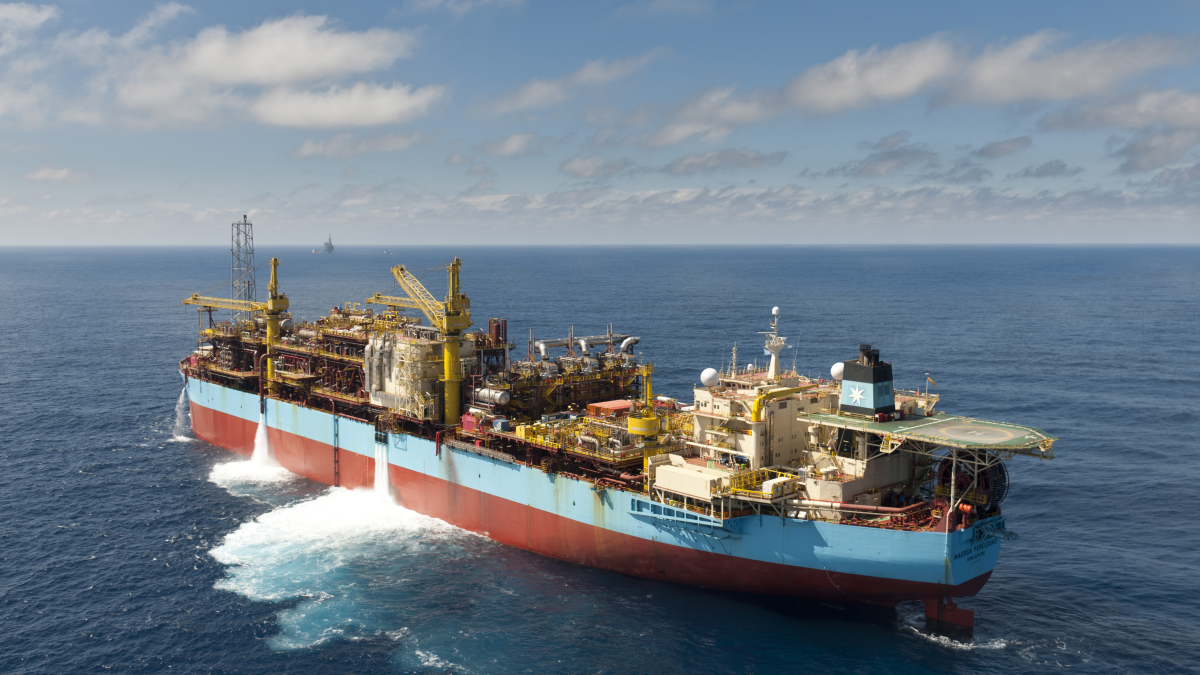Business Sectors
Contents
Register to read more articles.
WSC's updated Whale Chart aims to prevent ship strikes, reduce noise
World Shipping Council’s updated voyage-planning aid, Whale Chart, maps global ship-strike and underwater-noise measures in new regions
The World Shipping Council (WSC) has updated its voyage-planning aid Whale Chart, mapping global whale and ship strikes and noise-reduction measures, adding US West Coast and southern British Columbia entries.
WSC describes the publication as a global voyage-planning aid that maps where slower ship speeds and route adjustments can protect whales from ship strikes and reduce underwater noise.
The updated chart brings together what WSC called all known mandatory and voluntary measures worldwide, including speed restrictions, routeing measures and seasonal protection zones.
It is believed to be the first tool to provide this information in one place to support safer global voyage planning.
WSC president and chief executive Joe Kramek said the objective is practical support for navigators, “Protecting whales is part of protecting the oceans we depend on.”
He added, “The WSC Whale Chart makes it easier for crews to see where slowing down or changing course can make a real difference.”
Members of the WSC are taking individual actions intended to protect whales, including using shipboard speed alerts in areas with protective measures, thermal-imaging technology and ship design features aimed at minimising underwater noise. WSC said it continues to work with members, governments, scientists and non-governmental organisations to share data, raise awareness and strengthen protection measures across global waters.
WSC framed the chart within a broader ecological context, stating whales play a vital role in maintaining healthy ocean ecosystems and reducing ship strikes and underwater noise is a direct way for the shipping sector to help safeguard whale populations.
The WSC Whale Chart can be downloaded from the WSC website.
Sign up for Riviera’s series of technical and operational webinars and conferences:
- Register to attend by visiting our events page.
- Watch recordings from all of our webinars in the webinar library.
Related to this Story
Events
International Bulk Shipping Conference 2025
Tankers 2030 Conference
Maritime Navigation Innovation Webinar Week
© 2024 Riviera Maritime Media Ltd.














